-
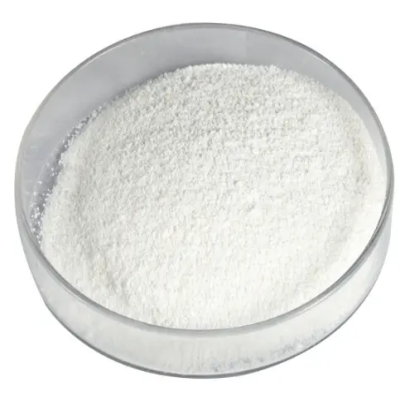
Trans-tert-Butyl ((2-hydroxycyclopentyl)methyl)carbamate CAS:1354957-79-1
Trans-tert-Butyl ((2-hydroxycyclopentyl)methyl)carbamate is a chemical compound commonly utilized in organic synthesis and pharmaceutical research. This molecule, characterized by its tert-butyl group and carbamate functionality, exhibits unique reactivity and potential pharmacological properties. As a key intermediate in the synthesis of bioactive compounds, Trans-tert-Butyl ((2-hydroxycyclopentyl)methyl)carbamate offers versatility and structural diversity, making it valuable for medicinal chemistry applications.
-
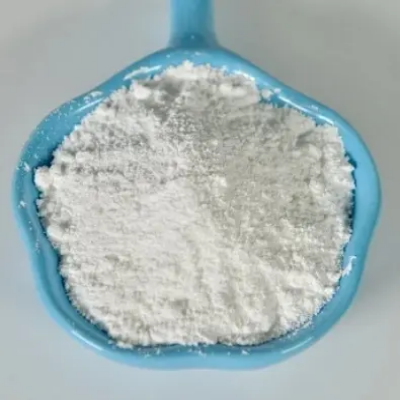
(R)-4-(tert-Butoxycarbonyl)-6,6-dimethylmorpholine-3-carboxylic acid CAS:1263077-92-4
(R)-4-(tert-Butoxycarbonyl)-6,6-dimethylmorpholine-3-carboxylic acid is a valuable compound with significant utility in organic synthesis and pharmaceutical research. Its chiral morpholine core, bearing a tert-butoxycarbonyl (Boc) protecting group at the 4-position and a carboxylic acid functionality at the 3-position, imparts unique stereochemical and reactivity properties. This molecule serves as a crucial intermediate for the synthesis of chiral building blocks and pharmaceutical intermediates, enabling the construction of complex molecular architectures with defined stereochemistry. Researchers and chemists utilize this compound to facilitate asymmetric synthesis and access enantiomerically pure compounds for drug discovery and materials science applications.
-
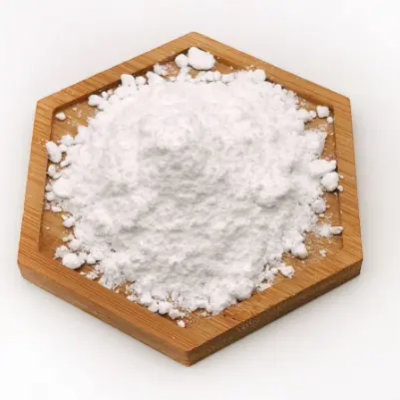
(1H-Indol-3-yl)acetaldoxime CAS:2776-06-9
(1H-Indol-3-yl)acetaldoxime is a chemically significant compound with diverse applications in organic synthesis and chemical biology. This oxime derivative features an indole ring system connected to an acetaldoxime moiety, combining aromatic properties with oxime functionality. The presence of the indole scaffold imparts distinctive electronic and structural characteristics, making this compound valuable for various synthetic transformations and biological studies. (1H-Indol-3-yl)acetaldoxime serves as a versatile building block for the synthesis of heterocyclic compounds and molecular probes, offering opportunities for innovative molecular design and exploration in chemical sciences.
-

(3S,4S)-1-Benzyl-4-(hydroxymethyl)pyrrolidin-3-ol CAS:849935-80-4
(3S,4S)-1-Benzyl-4-(hydroxymethyl)pyrrolidin-3-ol is a chemically significant compound with versatile applications in organic synthesis and medicinal chemistry. The stereochemistry of this pyrrolidine derivative, featuring (3S,4S) configuration, defines its unique structural and reactivity properties. The benzyl group at the 1-position and the hydroxymethyl moiety at the 4-position contribute to its synthetic versatility and functional diversity. This compound serves as a valuable building block for the synthesis of complex molecules and pharmaceutical intermediates, offering opportunities for innovative molecular design and exploration in chemical sciences.
-
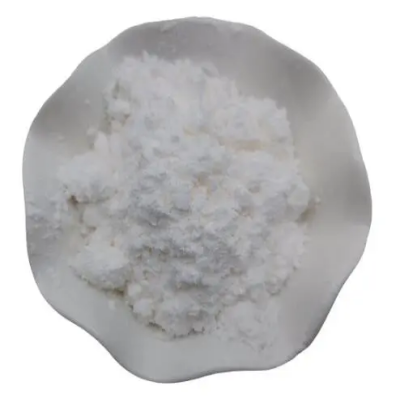
(R)-6,6-Dimethyl-morpholine-3-carboxylic acid hydrochloride CAS:1313277-22-3
(R)-6,6-Dimethyl-morpholine-3-carboxylic acid hydrochloride is a chemically significant compound used in pharmaceutical and organic synthesis. The (R) enantiomer configuration of this morpholine derivative ensures its precise stereochemistry, making it valuable for chiral applications. Its hydrochloride salt form enhances solubility and stability, facilitating its use in various reactions. This compound serves as an essential building block for the synthesis of chiral molecules with specific biological activities and structural properties, offering versatility and reliability in complex chemical transformations.
-
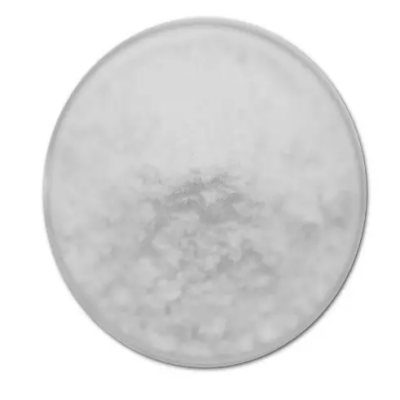
(R)-N-methyl(pyrrolidin-2-yl)methanamine dihydrochloride CAS:119020-04-1
(R)-N-methyl(pyrrolidin-2-yl)methanamine dihydrochloride is a chemical compound widely utilized in pharmaceutical research and development. This dihydrochloride salt derivative of N-methyl(pyrrolidin-2-yl)methanamine is valued for its enhanced stability and solubility properties compared to the free base form. With a chiral composition and unique molecular structure, (R)-N-methyl(pyrrolidin-2-yl)methanamine dihydrochloride serves as a crucial intermediate in the synthesis of pharmaceutical compounds and bioactive molecules.
-

(R)-Methyl6,6-dimethylmorpholine-3-carboxylate hydrochloride CAS:1313278-08-8
(R)-Methyl 6,6-dimethylmorpholine-3-carboxylate hydrochloride is a valuable compound utilized in organic synthesis and pharmaceutical research. This chiral morpholine derivative features a methyl ester functionality at the 3-position, imparting unique reactivity and stereochemical properties. The hydrochloride salt form enhances its stability and solubility, making it a convenient reagent for various synthetic transformations. Chemists and researchers utilize this compound as a key intermediate for the preparation of chiral building blocks and pharmaceutical intermediates, enabling the synthesis of enantiomerically pure compounds for drug discovery and materials science applications.
-
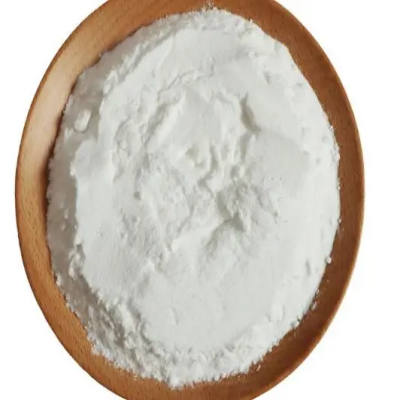
(R)-5-phenylpyrrolidin-2-one CAS:313352-62-4
(R)-5-phenylpyrrolidin-2-one is a chemically significant compound utilized in organic synthesis and medicinal chemistry. This chiral molecule consists of a pyrrolidin-2-one ring with a phenyl group attached in the 5-position, imparting unique stereochemical and structural properties suitable for diverse chemical transformations. The (R)-configuration ensures specific stereochemistry, making it valuable for chiral applications and asymmetric synthesis. This compound serves as a crucial building block for the preparation of chiral intermediates and pharmaceuticals, offering opportunities for innovative molecular design and exploration in chemical sciences.
-
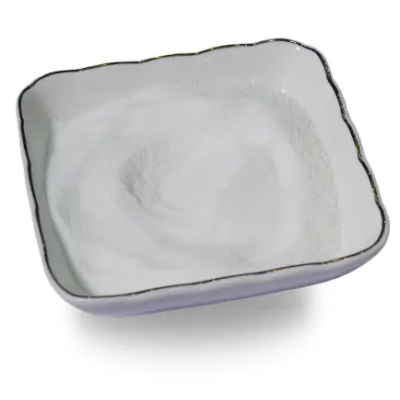
(1R,2S)-2-(3-bromophenyl)cyclopropanamine hydrochloride CAS:1314324-03-2
(1R,2S)-2-(3-bromophenyl)cyclopropanamine hydrochloride is a chemical compound used in pharmaceutical research and development. It belongs to the class of cyclopropane derivatives and is characterized by its unique stereochemistry and functional group arrangement. This compound is synthesized for its potential applications in medicinal chemistry due to its interesting molecular structure and reactivity. With high purity and stability, (1R,2S)-2-(3-bromophenyl)cyclopropanamine hydrochloride serves as a valuable building block in the synthesis of novel drug candidates and bioactive compounds.
-

(R)-N-methyl(pyrrolidin-2-yl)methanamine CAS:68766-97-2
(R)-N-methyl(pyrrolidin-2-yl)methanamine is a chemical compound commonly employed in pharmaceutical research and organic synthesis. It belongs to the class of N-methylated pyrrolidine derivatives and is characterized by its chiral nature and unique molecular structure. This compound is valued for its potential pharmacological activities and diverse reactivity in chemical transformations. With high purity and stability, (R)-N-methyl(pyrrolidin-2-yl)methanamine serves as a valuable building block in the synthesis of biologically active molecules and drug candidates.
-
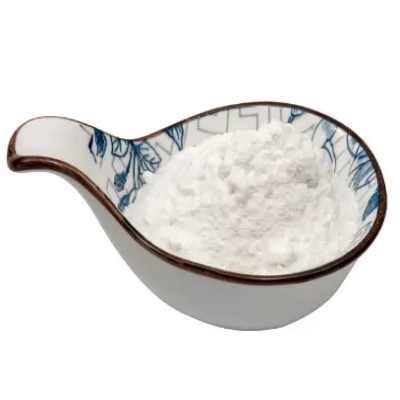
4-Fluorothiophenol CAS:371-42-6
4-Fluorothiophenol is a chemical compound with the molecular formula C6H5FS. It contains a fluorine atom bonded to a thiophenol ring at the 4th position. Recognized for its distinctive chemical structure and properties, 4-Fluorothiophenol finds applications in various industries due to its reactivity and versatility.
-
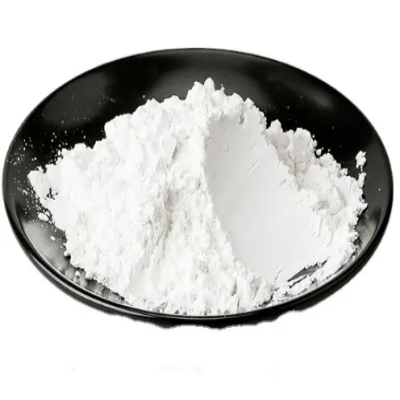
Phenylsulfide CAS:139-66-2
Phenylsulfide, with the chemical formula C6H5S, is a compound featuring a phenyl group bonded to a sulfur atom. Also known as benzene sulfide, it is characterized by its aromatic structure and distinctive chemical properties. Phenylsulfide finds application in various industries due to its versatility and reactivity.

